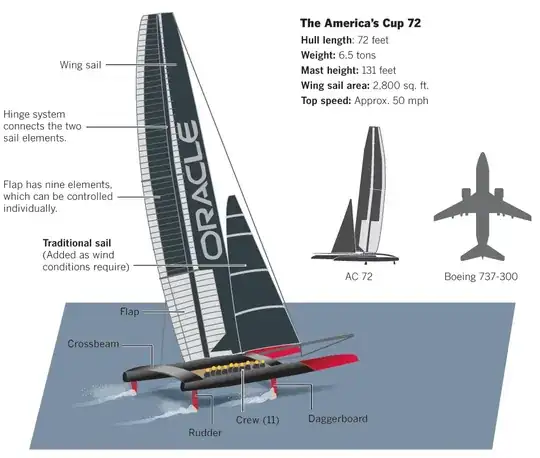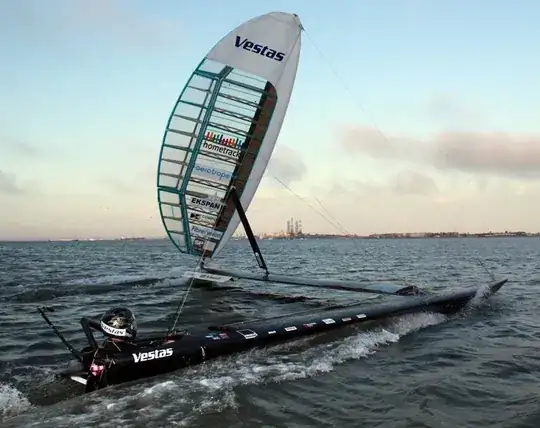The largest sailing vessel without an auxiliary motor ever created was the Thomas W. Lawson at 145/120 m, mast-stern/deck, a third the size of a super tanker. This ship was ironically designed to haul oil and coal.
The main limitations of this ship were difficulty in handling her near ports, if such large vessels were common, ports would have to be outfitted to handle them.
I would imagine straight docks, lined side by side, with retractable bridges connecting them. Each vessel would be guided into their slot with a rail system, and then leave port in the opposite direction, vacating the need for tight turns.
It is important to note that tug boats would be completely impossible, but by optimising large harbours in the above manner, we get rid of the most problematic aspect of sail powered super ships.
Such large ships would still yaw terribly, and require very strong winds to sail on course. It is likely that this size is the largest possible, and quite possible that such a ship would be too large to be used practically in high amounts.
Modern ballast technology might be used to prevent the possibility of too great yawing and potential capsizing, but no technology can increase the available wind.
One idea would be to make ships broader, and potentially outfit them with two sails side by side, but I have no idea whether this would create too great a stress on the deck, and I suspect such a ship would tear itself apart.



nauticaltag is in order – Zxyrra Dec 12 '16 at 16:07